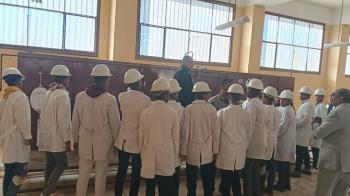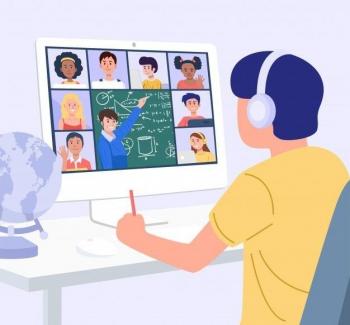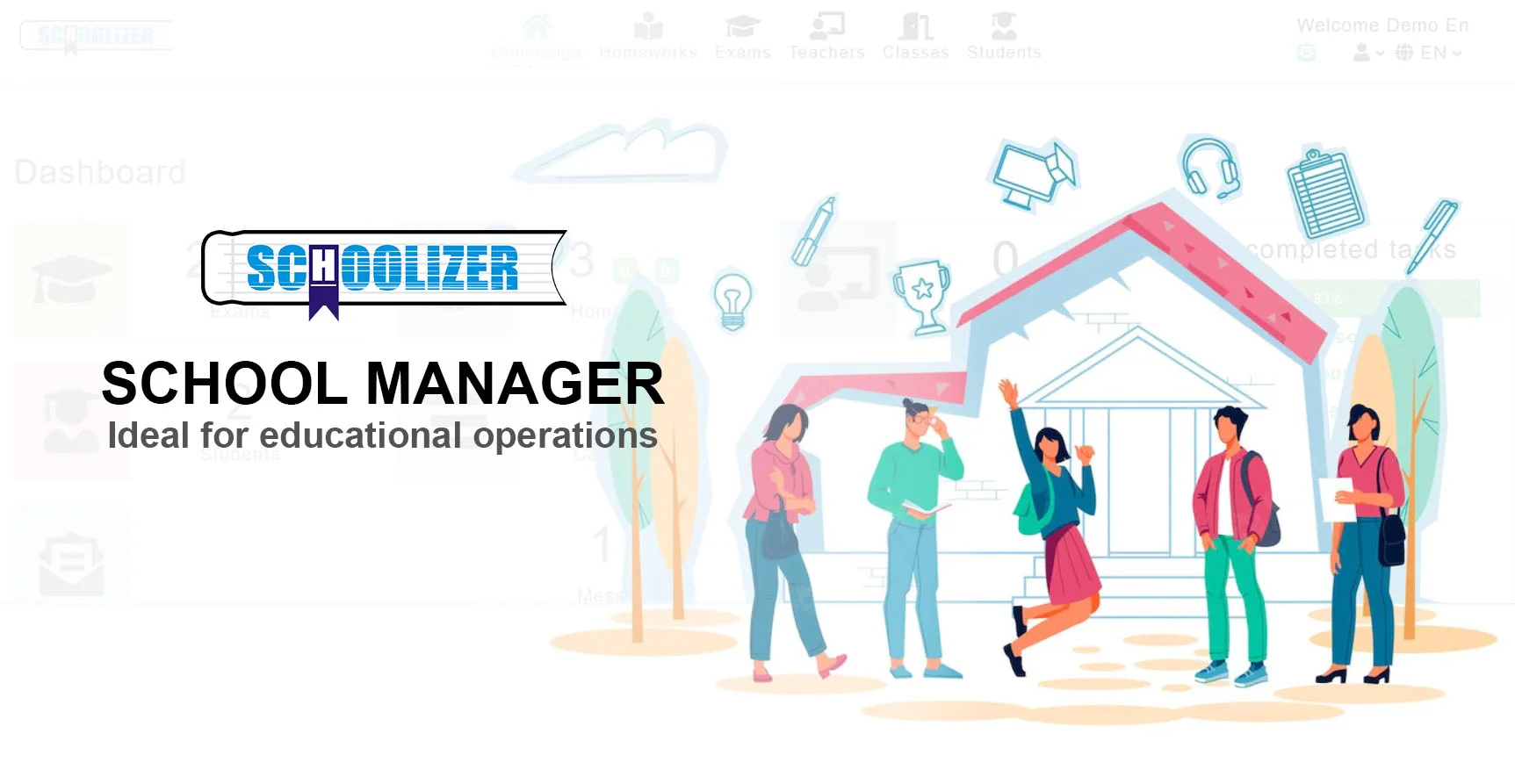High School Apprenticeships: The Future of Career Education and How Colorado Leads the Way

High School Apprenticeships: The Future of Career Education and How Colorado Leads the Way
What if high school students could graduate with not just a diploma but real-world work experience, industry certifications, and even college credits? Why are apprenticeships for teenagers gaining traction as a viable alternative to traditional education pathways? How is Colorado pioneering this movement to bridge the gap between education and employment?
The Rise of High School Apprenticeships
Apprenticeships, long associated with trade professions, are now being reimagined for high school students across the U.S. These programs combine classroom learning with paid, hands-on work experience, allowing students to explore careers while still in school. Unlike traditional internships, apprenticeships are structured, longer-term commitments that often lead to industry-recognized credentials.
Colorado has emerged as a national leader in this space, with its CareerWise program serving as a model for other states. Since its launch in 2017, CareerWise has placed thousands of students in apprenticeships across diverse fields—from IT and healthcare to advanced manufacturing and finance.
Real-world example: A Denver high school junior spends three days a week in classes and two days working as a cybersecurity apprentice at a local tech firm, earning $15 an hour while gaining skills that could lead to a full-time job after graduation.

Why Apprenticeships Matter for Today's Youth
The traditional "college-for-all" approach has left many students burdened with debt and lacking practical skills. Apprenticeships offer a compelling alternative by:
- Providing earn-while-you-learn opportunities
- Reducing student debt through paid work experience
- Creating direct pathways to in-demand careers
- Developing soft skills like workplace communication and problem-solving
Research shows that apprentices are more likely to secure employment after completing their programs compared to their peers. In Colorado, 92% of CareerWise apprentices either continue their apprenticeship, transition to full-time employment, or pursue higher education after high school.
Practical application: A student interested in healthcare might apprentice at a hospital, rotating through different departments while completing coursework toward a certified nursing assistant credential.

Colorado's Innovative Approach
The CareerWise Model
Colorado's success stems from its unique public-private partnership model. CareerWise acts as an intermediary between schools and employers, handling recruitment, training, and program coordination. Key features include:
- Three-year programs starting in junior year
- Progressive wage increases as skills develop
- College credit opportunities through community college partnerships
- Industry-recognized certifications upon completion
Statewide Support System
Colorado has built a comprehensive support system including:
- Tax credits for participating businesses
- Dedicated funding for transportation (a major barrier for students)
- Integration with existing career and technical education (CTE) programs
Example: A manufacturing company in Colorado Springs receives state tax incentives for hosting apprentices, while the school district provides bus passes to ensure students can get to work.

Overcoming Challenges in Implementation
While promising, expanding apprenticeships nationally faces several hurdles:
- Employer participation: Many businesses are hesitant due to perceived costs and liability concerns
- Scheduling complexities: Balancing school, work, and extracurriculars requires flexible scheduling
- Stigma: Some parents and educators still view apprenticeships as inferior to college prep
- Equity concerns: Ensuring access for low-income and minority students
Colorado addresses these challenges through robust employer outreach, flexible school schedules, and targeted marketing to change perceptions about career pathways.
Innovative solution: Some Colorado districts have implemented "flex Fridays" where students spend entire days at their apprenticeship sites while completing coursework online.

The Future of Work-Based Learning
As the model proves successful in Colorado, other states are taking notice. The federal government has allocated millions to expand youth apprenticeships nationwide. Emerging trends include:
- Expansion into white-collar professions like IT and finance
- Earlier career exploration starting in middle school
- Stackable credentials that lead to associate degrees
- Virtual apprenticeship components for remote work skills
Experts predict that within a decade, high school apprenticeships could become as common as Advanced Placement courses are today.
Forward-thinking example: A Colorado student completes a business operations apprenticeship at a Fortune 500 company, earns an associate degree concurrently, and is offered a $60,000 management trainee position upon graduation.
How Other States Can Learn from Colorado's Success
For states looking to replicate Colorado's model, key lessons include:
- Start with industry clusters that have strong employer demand
- Build intermediary organizations to coordinate between schools and businesses
- Secure state funding for transportation and other support services
- Create flexible credit systems that recognize work-based learning
- Implement strong data tracking to measure outcomes and improve programs
As workforce needs evolve and student debt concerns grow, high school apprenticeships offer a promising solution that benefits students, employers, and communities alike.







